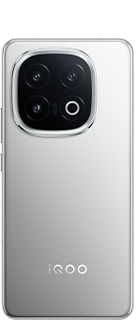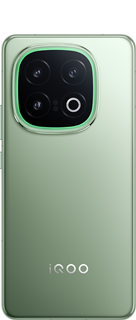What is CNAP?
What is CNAP?
Caller Name Presentation (CNAP) is a telecom service that displays the name of the caller on your phone screen during an incoming call. Its primary purpose is to provide telephone subscribers with information about incoming calls, enabling them to make an informed decision about whether to answer or not. This service is particularly designed to reduce spam calls, fraudulent calls, and unsolicited commercial communication (UCC). The Telecom Regulatory Authority of India (TRAI) has proposed introducing this concept in India, and trials are currently underway.

How Does CNAP Work?
CNAP operates through the databases maintained by telecom operators. When a call comes to your phone, the network provider matches the caller's phone number with the details registered in their Customer Application Form (CAF), which includes the subscriber's name. This name is then displayed on the recipient's phone. Unlike third-party apps like Truecaller, which rely on crowd-sourced data, CNAP depends on officially verified information.
TRAI has suggested four models for implementing CNAP:
First Model: Each telecom operator maintains its own CNAP database and shares the data during a call.
Second Model: The calling operator shares its database with the receiving operator.
Third Model: A third-party centralized database is created, from which data is retrieved.
Fourth Model: Each operator keeps a synchronized copy of a central database.
Benefits of CNAP
Protection from Spam and Fraud: Seeing the caller’s name helps you determine if the call is genuine, making it easier to avoid spam and fraudulent calls.
Informed Decision-Making: You can decide whether to answer a call from an unknown number.
Transparency: This service provides verified data through the telecom network, making it more reliable than third-party apps.
Business Advantage: Companies can display a "preferred name" (like a brand name), making it easier for customers to recognize them.
Challenges of CNAP
Privacy Concerns: Many argue that displaying a caller’s name on every call could violate privacy, especially if the caller wishes to remain anonymous.
Technical Issues: Implementing CNAP requires changes in network infrastructure and devices, which may not be feasible for all phones (especially 2G or older models).
Inaccurate Data: If a SIM card is registered with a fake ID, CNAP’s purpose may not be fulfilled.
Implementation Costs: Telecom companies will need to upgrade their infrastructure, which could impact consumers.
Status of CNAP in India
As of March 29, 2025, CNAP has not been fully implemented in India. TRAI issued recommendations for it in February 2024, and since then, operators like Bharti Airtel, Reliance Jio, and Vodafone-Idea have been conducting trials in areas like Haryana and Mumbai. The service is currently available only to 4G and 5G users, leaving 2G users unable to benefit from it. The government has made it optional, meaning subscribers can activate it upon request. No specific date for a full rollout has been announced yet, but the Department of Telecommunications (DoT) will make a final decision based on trial results.
CNAP vs. Truecaller
Truecaller is a widely used app for caller identification, but it relies on crowd-sourced data, which can sometimes be inaccurate. In contrast, CNAP is government-regulated and uses verified KYC data, making it more authentic. However, Truecaller offers additional features like spam blocking, which CNAP may not include.
The Way ForwardCNAP is a step toward enhancing transparency and security in telecommunications. However, its successful implementation will depend on addressing privacy concerns, ensuring technical feasibility, and gaining user acceptance.

Please sign in
Login and share






















